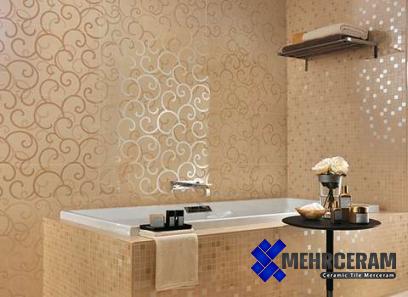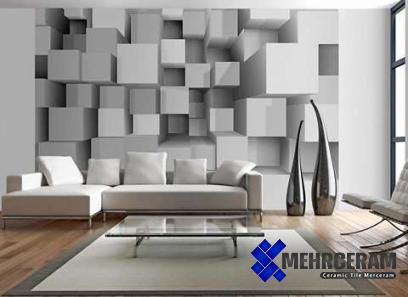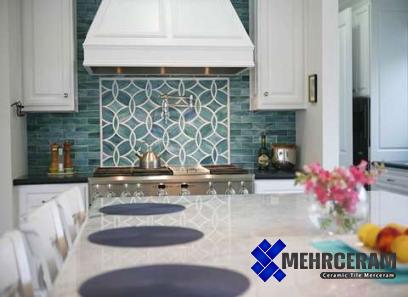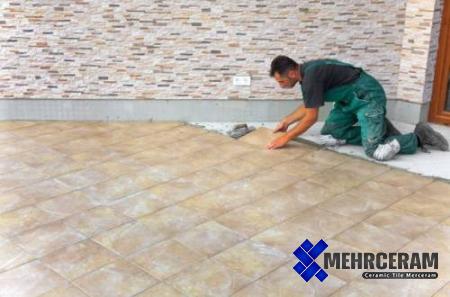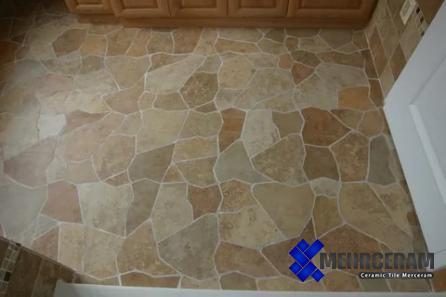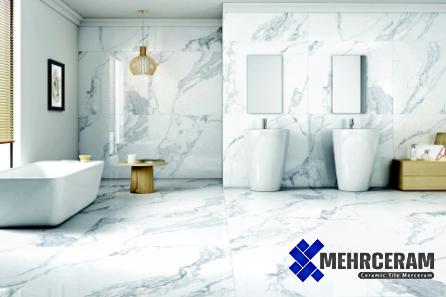Introducing tile discoloration products + the best purchase price
There are several options if you want to discolor the porcelain tiles
it’ll be started by taking a look at a straightforward procedure
porcelain Tiles should first be completely cleaned before you take a moment to sand them
When you apply the pigment, polishing the porcelain tile will make it adhere to it
Now would be a good time to tape up your grout lines to prevent them from being colored as well
Use a primer first, then paint, is what you want to do
You may depend on a primer designed especially for ceramic for this
You should next add the paint or epoxy glue and give it time to cure
When you’ve applied all the necessary layers, you may apply a final coat of polyurethane and let the paint dry for a few days

Tile
Although the procedure that just looked at this is helpful, the procedures are designed to paint whole tiles one at
In other words, if you want a floor with a solid hue, this is a perfect option
On either hand, you won’t have to fight to paint by hand if you really want something a bit more complicated
Consider using a stencil as an alternative
With these, the only difference is that before beginning, you need to set the stencil wherever you want something
For the greatest results, it’s a good idea to take the time to tape the stencil down
In this manner, it won’t move while you operate
Porcelain tile requires time and financial commitment, as we’ve already explained
It follows that you generally won’t want to undertake a job as significant as removing or even replacing your tile flooring entirely
The good news is that you can alter the color of your tile flooring without removing them
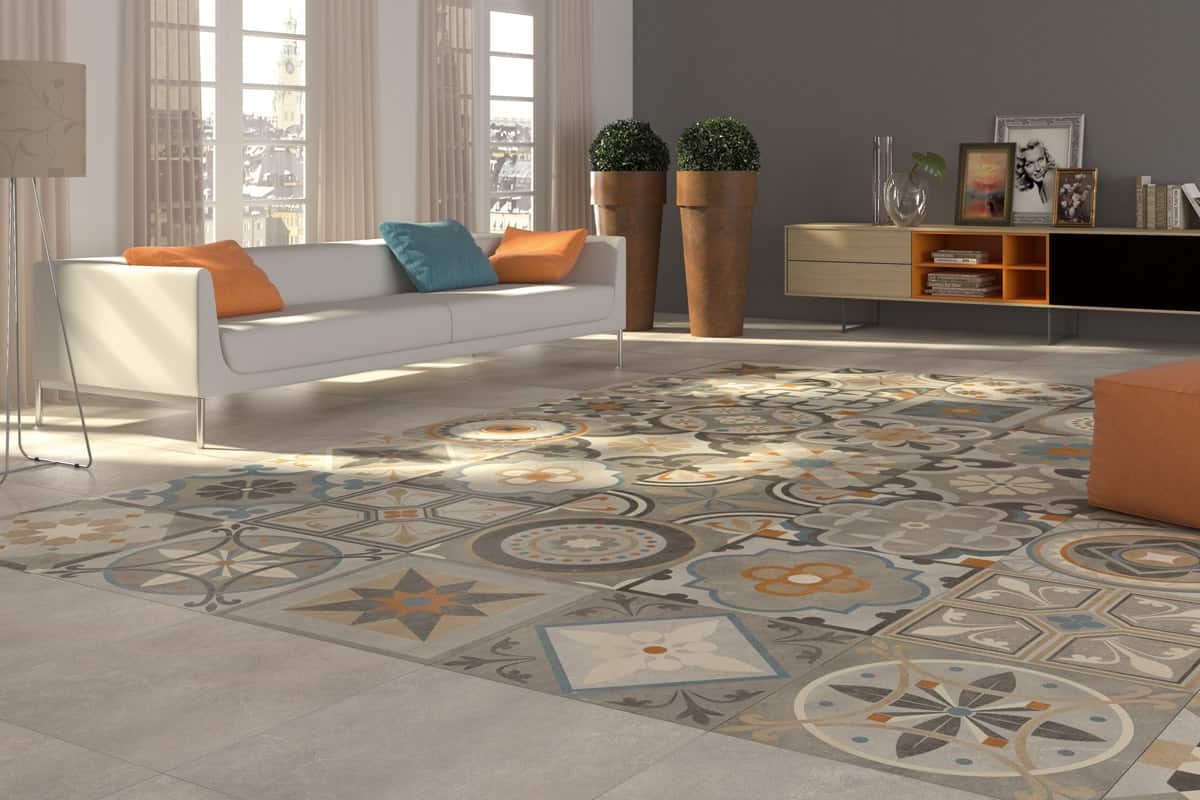
Reglazing ceramic tile floors
My porcelain tiles are cloudy
porcelain tiles that have just been laid often seem cloudy with grout residue that lingers after installation
This haze will always be there, regardless of how well the ceramic tiles and grout were set up
During installation, the grout often smears across the tile’s surface while being cleansed
After that, the tiles are cleaned, but just a haze will still be there
The right cleaning techniques may get rid of this cloudy haze on the tiles
In no time, the porcelain tile surface will sparkle
Step 1, Put some simple, warm water in a bucket
Scrub the tile using a sponge that has been dipped in water and completely wrung off
To stop the haze from spreading, periodically rinse and wring off the sponge
With a fresh towel, dry the tile
Only if the tile haze is hardly noticeable will this work
If simple water proved unsuccessful, go on to step 2, and add white purified vinegar to the water
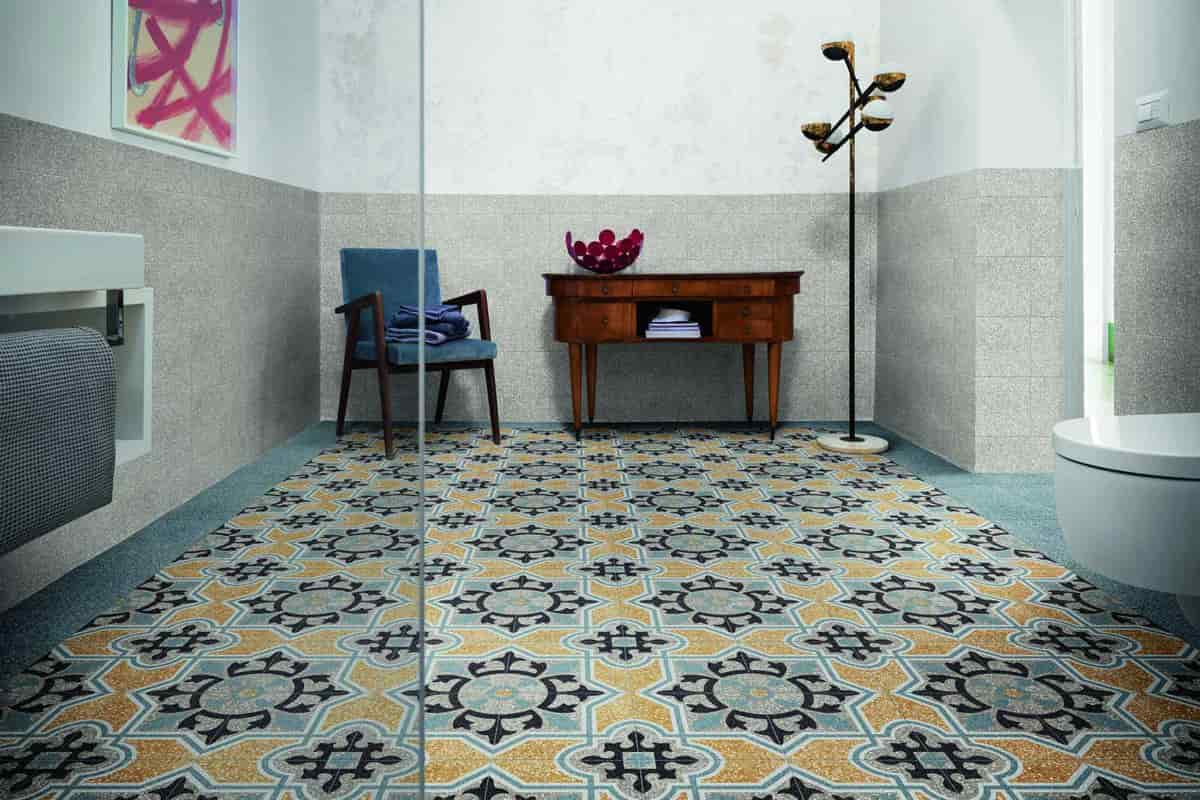
Industrial ceramic porcelain floor tiles
In a bucket, combine vinegar and water in equal parts
Scrub the tiles by drenching the sponge in the solution
The foggy haze on the tile may be removed with a little effort
Since the cloudiness is being caused by the grout lines, make sure you clean those as well
Step 3
Repeat the cleaning procedure after waiting 24 hours
Using water (or vinegar and water) to thoroughly clean each tile, be sure to rinse the cloth in between each tile
Step 4, Using a clean, dry cloth, go over each tile one by one
After cleaning each tile, shake the cloth into a trash bag to get rid of any dirt that has adhered to it
Step 5, If the cloud cover is still present on the tiles, use a professional grout haze remover
Such cleansers are available from tile producers or most home improvement retailers
Make sure that the product is appropriate to use on porcelain by reading the label
Use the product according to the instructions on the packaging
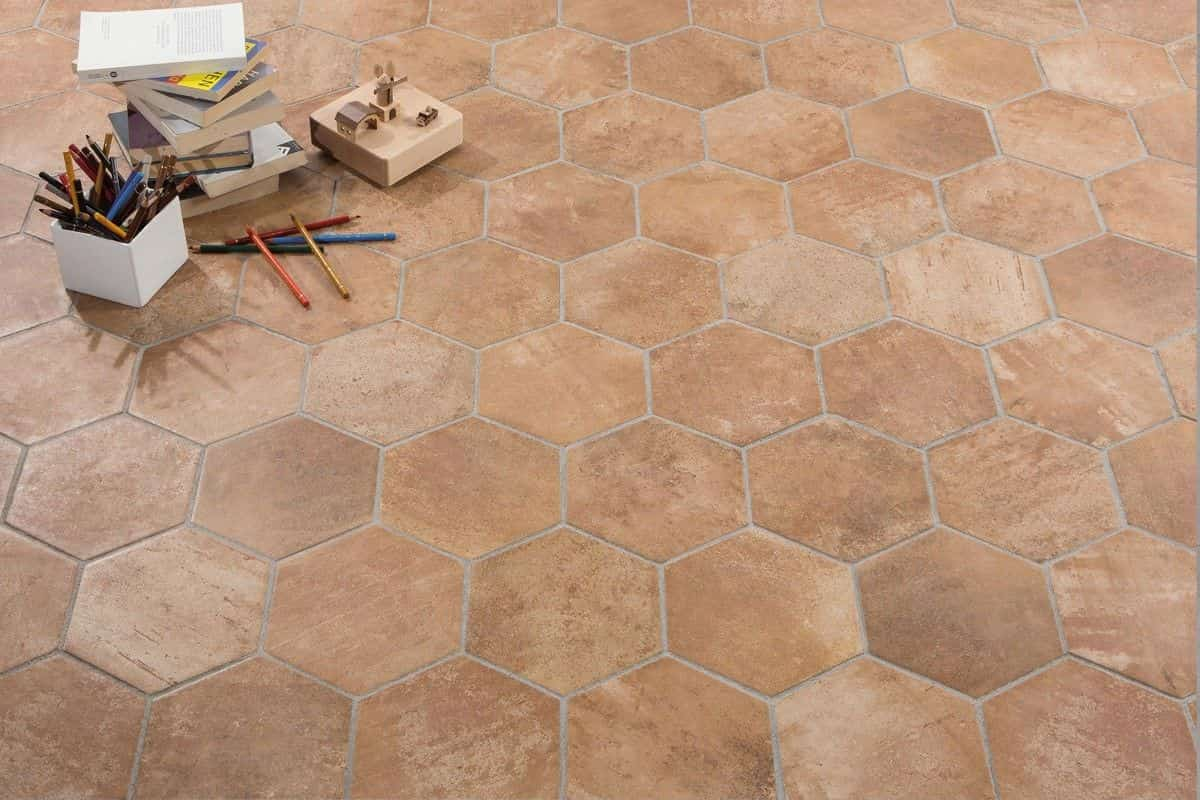
Vitrified glazed ceramic tiles disadvantages
How to fix discolored tiles
Tile discoloration is a simple and inexpensive problem to fix
Some of the most popular home cleaning solutions, which are readily accessible everywhere, may be used to eliminate the floor-based discoloration
Read on to learn how to repair stained tiles for yourself: Make sure the tile floor is dust-free as the first step in repairing stained tiles
Use a cleaner, broom, paintbrush, or whatever else you have available in your house to get rid of any dust that may have accumulated on the floor
Whether you want to use your vacuum, be sure to read the user manual to see if there are settings for different types of flooring
If so, adjust it appropriately and keep the porcelain tiles clean
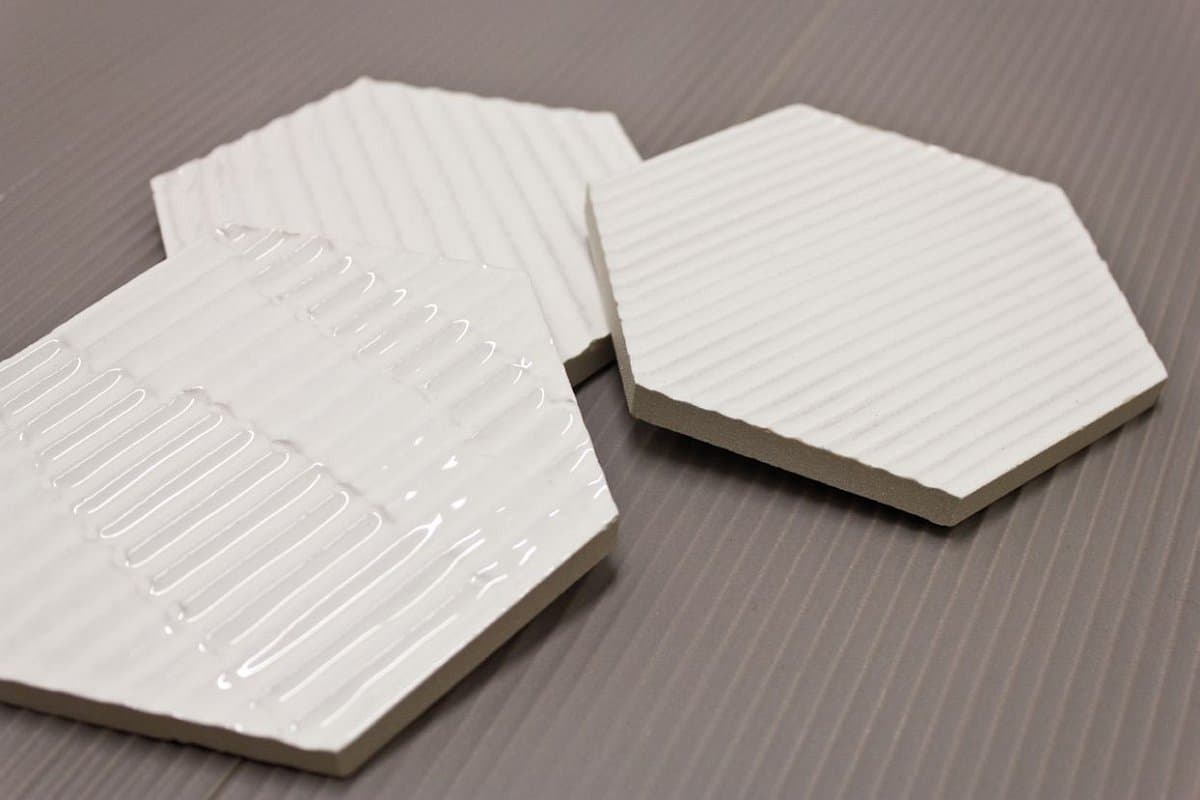
The damaged areas should be thoroughly cleaned with plain water once you have finished dusting the stained floor tiles
To get rid of any loose debris or grime that may have gathered on the floor, use a moist sponge or paper towel to scrape the stained tiles
Scrub the floor assiduously
It will be simpler for you to correct tile discoloration the better your tiles are cleaned
After it is finished, make a discoloration-removing solution
How to apply glue to shower tile
Making the remedy: The discoloration-removing mixture is a straightforward home remedy created with 2 gallons of warm water, 1/4 cup white vinegar, 1/4 cup baking soda, and 1 tablespoon liquid soap
In addition, ammonia may be used in place of baking soda and vinegar
Start to apply the solution with a squeeze bottle and even a bucket while wearing a pair of clean gloves
Apply the solution while mopping the tile floor
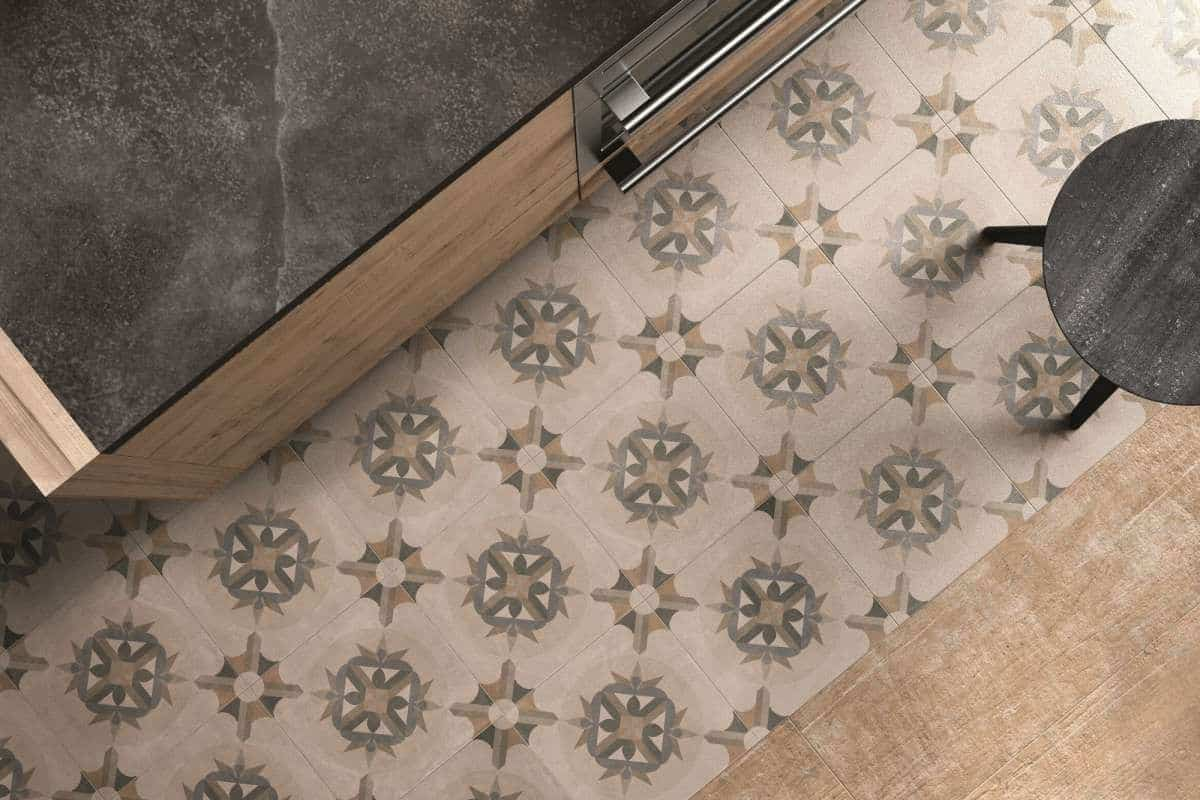
What causes tile discoloration
There are many factors that can be the cause of tile discoloration
Numerous causes, such as cracking, fading, rust staining, etc
, may appear on the floor and wall tiles and slabs as a result of improper care and maintenance
One of the most prevalent defects among them is fading tiles
Shower areas in houses are where discoloration tiles are most often seen
Additionally, this can take place in locations that get continuous, direct sunshine
floor tiles which the overuse of traffic is in the exposure of discoloration
Overuse of strong chemicals upon tile surfaces causes discoloration of the tiles too
This flaw is especially prevalent in dark-colored tiles since they gradually lose color and become noticeably lighter over time
Since tiles are now digitally manufactured, hazardous chemicals are no longer necessary
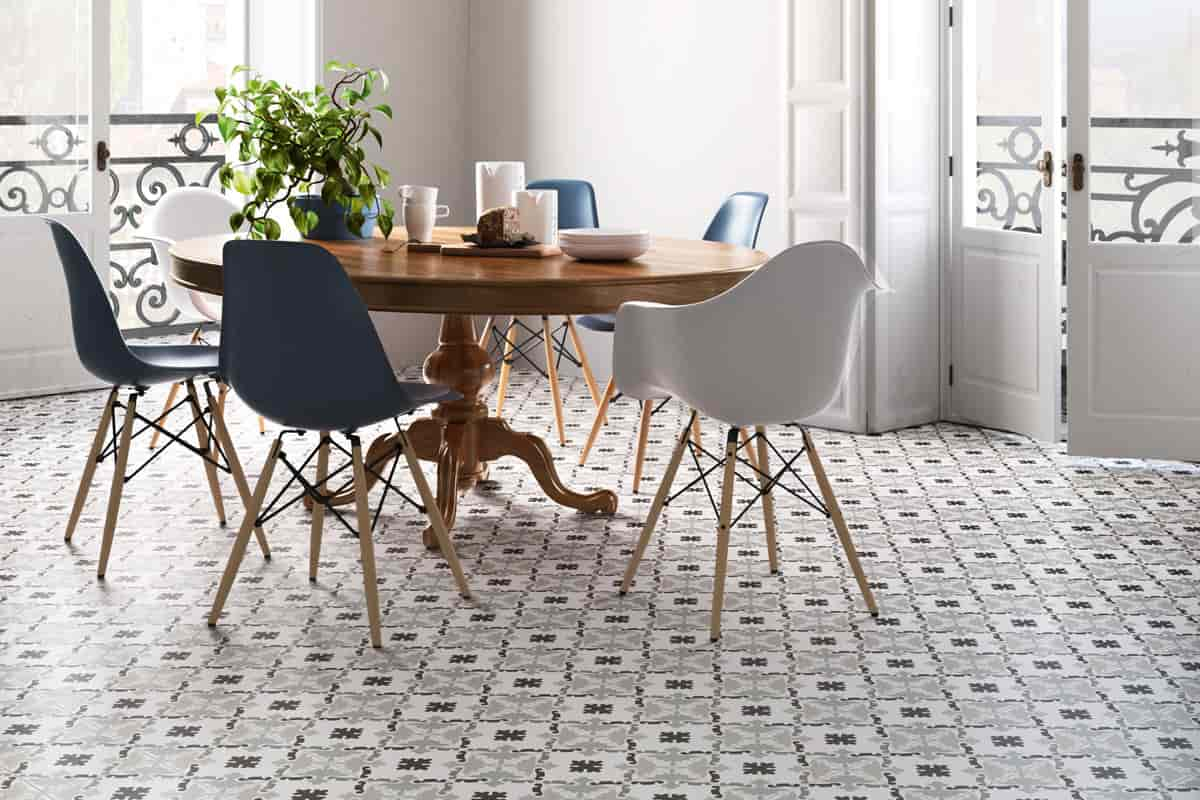
Here, we list a number of causes for tile discoloration: 1
Overuse of acidic cleansers, particularly in shower areas
This kind of potent and toxic cleanser is unnecessary for the tiles
Because bacteria etch the glazed surface, the tiles become dirt-trapped
As a result, it is more difficult to clean and begins to fade
2
Body fat and soap might collect in one corner of the tile installation if the grouting is not done correctly
Tiles deteriorate due to this
As a result, the soap or body fat is drawn to and grabbed by the movie
The tiles then seem to be becoming white
Tiles will progressively show “white” spots numerous times
3
When the bathroom window is open, some of the tiles start to degrade from exposure to direct sunshine
The sun’s UV radiation may cause this to occur in other places as well
especially if the pigments employed to create the color of the tiles are not UV resistant

Matt porcelain tiles problems
Matte marble tiles often prevent slipping because they provide superior grip
By design, slip-resistant tiles often have a pattern in them but they have some problems too, they enhance grip even when the floor is wet
This isn’t always a given, especially in bathrooms and kitchens
Additionally, since matte tiles reflect less light, smudges and stains don’t stand out as much on them
But even if you do come to clean them, it can take a bit longer
Because matte tiles have a rough feel that attracts dirt and grime more rapidly, cleaning them might appear in problem because you can’t just wipe them off with a damp towel
You could discover that soap granules accumulate on the surface in certain circumstances, particularly on matte tiles that have a darker tint
Therefore, it is almost difficult to get that brand-new appearance no matter how diligently you scrub with soap
The secret to cleaning matte tiles would be to use a moderate combination of water, some vinegar, and a little bit of detergent
Usually, adding 1 cup of vinegar and 1 tsp of dish soap to 4 liters of water would enough
The tiles should then be scrubbed with a firm brush, followed by a water rinse and a final lint-free wipe-down for a nice finish
You may leave the vinegar stay just on tiles for a bit to destroy any mold if you’re concerned about mildew or mold in the space
After such an hour or so, dampen a towel with water and wash the area clean to remove the vinegar odor
You ought to be left with dazzling, new-looking tiles!

What can damage ceramic tiles
Ceramic tiles are so vulnerable and can be damaged easily, main types of ceramic tiles damages are ceramic wall tile etching, ceramic tile stains, ceramic tile scratches, ceramic tile mold, and mildew
Etching: People walk over floors while carrying food and drinks, and often they spill
Etching, also known as tile corrosion, often occurs when an acidic material penetrates the surface
Coffee, tea, vinegar, and other acidic liquids are simple to spill and may damage your flooring
Stains: Any kind of flooring may get stains
A surface may get discolored as a result of spills, dirt, filth, and grease
Depending on the kind of tile, stains may appear as thick areas on the floor or deeper penetration into the surface
To improve the artistic appeal of surfaces, ceramic tiles, like natural stone, non-natural stone, ceramic, porcelain, and other tiles
Scratch: Your flooring may inevitably come into touch with some heavy things and become scratched
Additionally, heavy furniture sometimes causes dents in the tile
Tile flooring may also get scratched by coming into touch with a sharp object or an abrasive cleaning
In addition to ruining the appearance of the flooring, these jagged edges are quite dangerous for someone who walk barefoot on them
These could develop as a result of heavy furniture hitting them or inadequate underlayment used during installation
Mold and Mildew: Any moist surface is a breeding ground for mold and mildew
It is feasible to clear apparent mold growth on a floor tile, but it is impossible to keep track of mold growth inside the pores on porous surfaces
Mold and mildew may cause eye damage or respiratory problems if they are not promptly examined for
Because these wounds absorb water, mold, and mildew also may flourish in the crevices and pits created by floor tile and grout
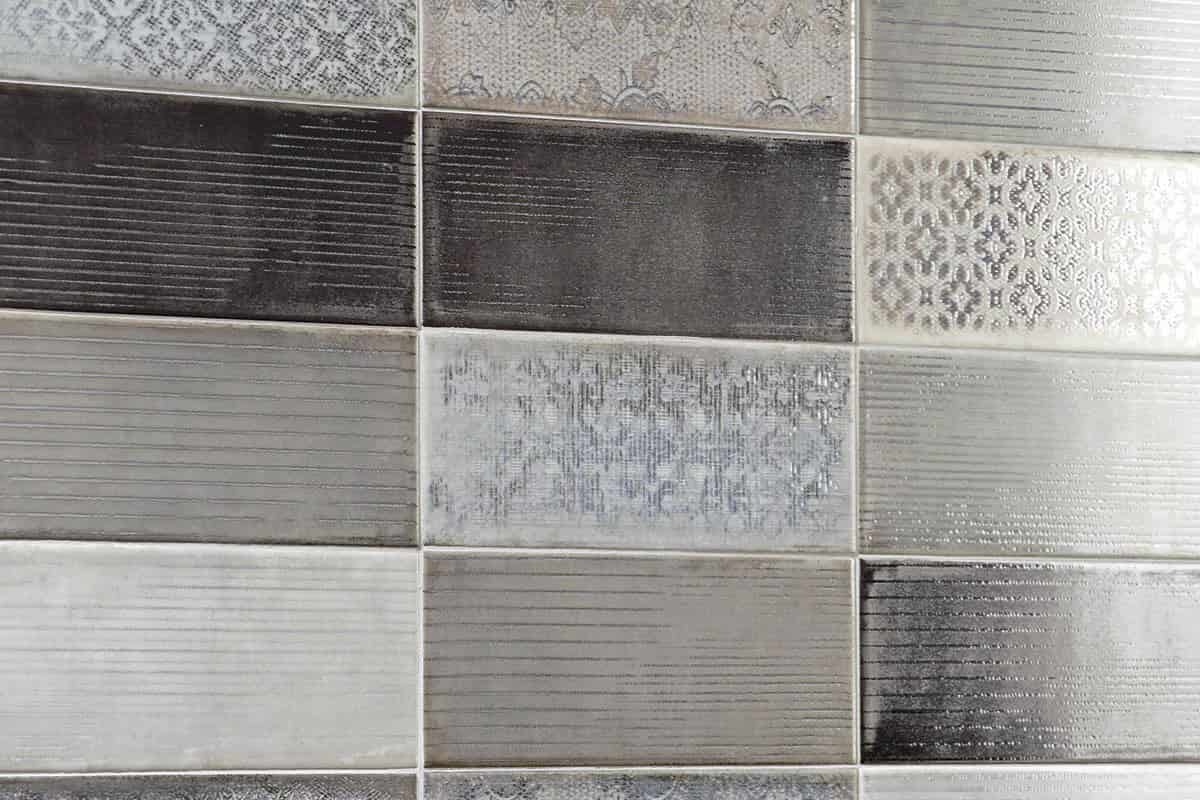
Bathroom floor tile discoloration
Bathroom floor tiles are among the hardest settings for tile, which is not unexpected
The bathroom floor needs to handle enormous amounts of water and moisture while must avoid any possible water damage or tile discoloration to the house
Bathroom floor tile installation calls for skilled and knowledgeable workers, particularly for showers, and selecting high quality is important because proper floor tiles won’t discolor easily
If water is puddled, the bathroom floor tiles or wall tiles may get stained
The most frequent reason for this is incorrectly applied modified thin-set to the membrane and these stains are because the weakness of floor installation may stay on the floor and can be the cause of discoloration
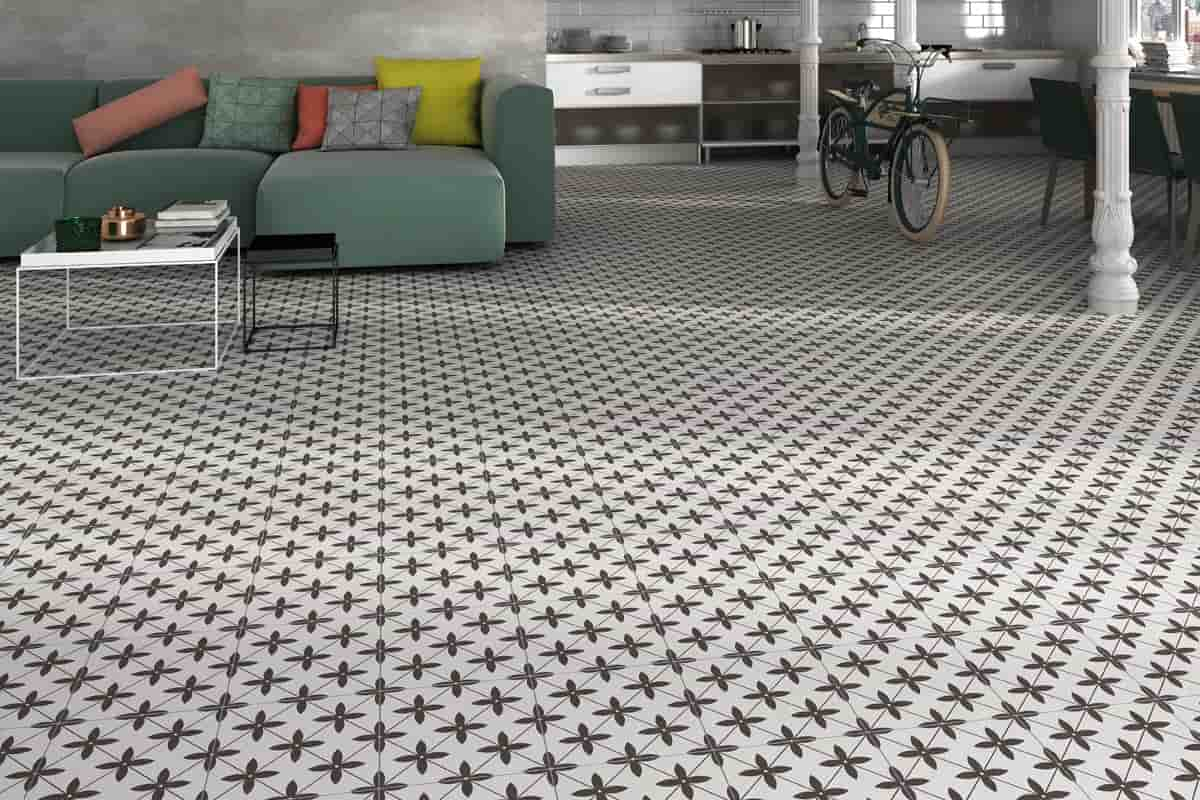
Also, because the manufacturers may demand a particular mortar use it with their systems, it is crucial for installers to adhere to their detailed instructions
Incorrect installation will often result in the warranty being voided by the manufacturer
A further possible cause of discoloration is incorrect mortar troweling methods
Aqueducts must not be left under the tile surface, and installers must be careful to turn hills into valleys
Aqueducts will discolor if they are left below the surface because moisture will build up and rise through the tile
Also, other factors can be the cause of discoloration a bathroom floor is a place where pieces of soap or detergent may remain or shed on them, and during the time they lead to discoloration


